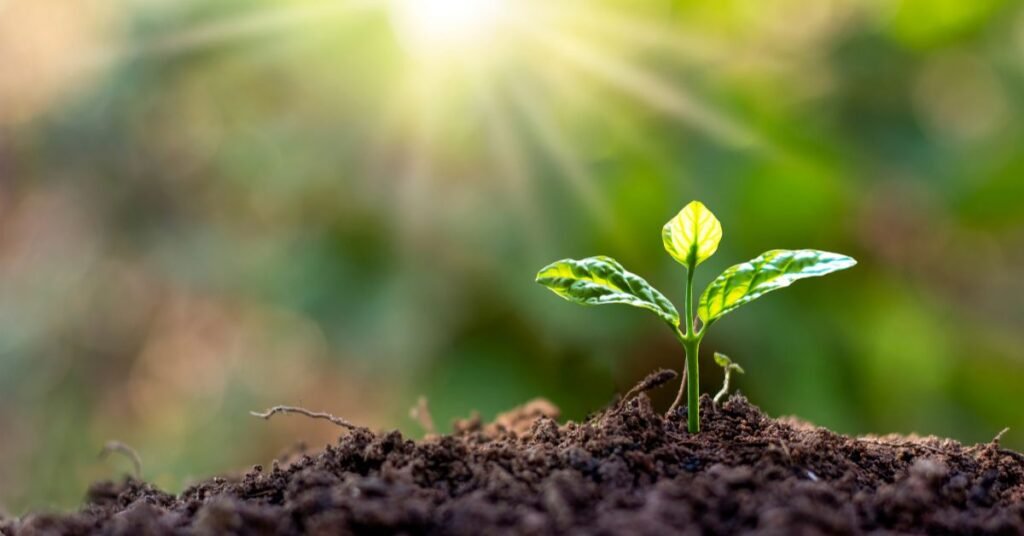This chapter is important for students preparing for NEET exams. In biology, living organisms are entities that exhibit a set of characteristics distinguishing them from non-living things. These characteristics include growth, reproduction, metabolism, cellular organization, consciousness, and homeostasis.
Characteristics of Living Organisms:
- Growth
- Living organisms grow by increasing their size and number of cells.
- In unicellular organisms (e.g., bacteria), growth occurs by cell division.
- In multicellular organisms (e.g., plants and animals), growth occurs through mitosis and cell differentiation.
- Non-living objects (e.g., crystals) may also grow by the accumulation of material, but this is external and not considered biological growth.
- Reproduction
- Living organisms produce offspring of their own kind.
- Unicellular organisms reproduce by binary fission (e.g., Amoeba, bacteria).
- Multicellular organisms reproduce sexually or asexually.
- Some living organisms (e.g., mules, worker bees) do not reproduce but are still considered living.
- Metabolism
- Metabolism refers to all chemical reactions occurring inside a living cell.
- It includes catabolism (breakdown reactions, e.g., respiration) and anabolism (synthesis reactions, e.g., photosynthesis).
- Metabolism occurs only in living organisms and is a fundamental feature of life.
- Cellular Organization
- All living organisms are made up of one or more cells, which are the basic structural and functional units of life.
- Organisms may be unicellular (bacteria, protozoa) or multicellular (plants, animals).
- Consciousness & Response to Stimuli
- Living organisms can perceive and respond to their environment.
- Example:
- Plants respond to light (phototropism).
- Humans respond to external stimuli (e.g., touching a hot object).
- Consciousness is most developed in humans due to the presence of a well-developed nervous system.
- Homeostasis
- Living organisms maintain a stable internal environment despite external changes.
- Example: Human body maintains a constant temperature (thermoregulation).
- Adaptation & Evolution
- Living organisms evolve over generations to survive in changing environments.
- Example: Darwin’s theory of natural selection explains evolution through gradual adaptations.
Summary
The living state is characterized by metabolism, growth, reproduction, cellular organization, consciousness, and the ability to adapt. Metabolism and cellular organization are defining properties, while reproduction and consciousness help distinguish living beings from non-living things.
For NEET, focus on key terms, examples, and conceptual understanding. Diagrams of cell structure, metabolic pathways, and growth patterns can also be helpful. 🚀

